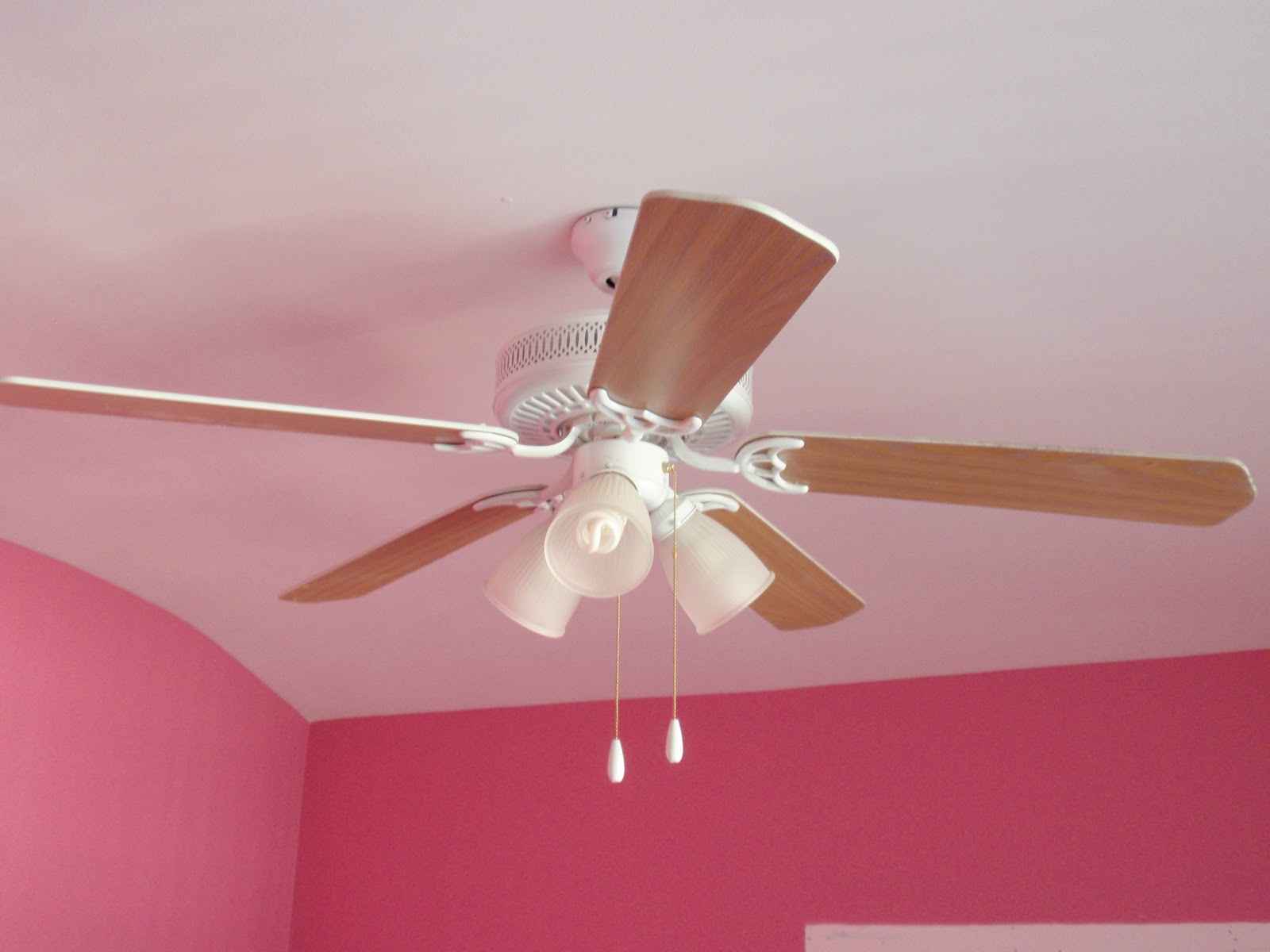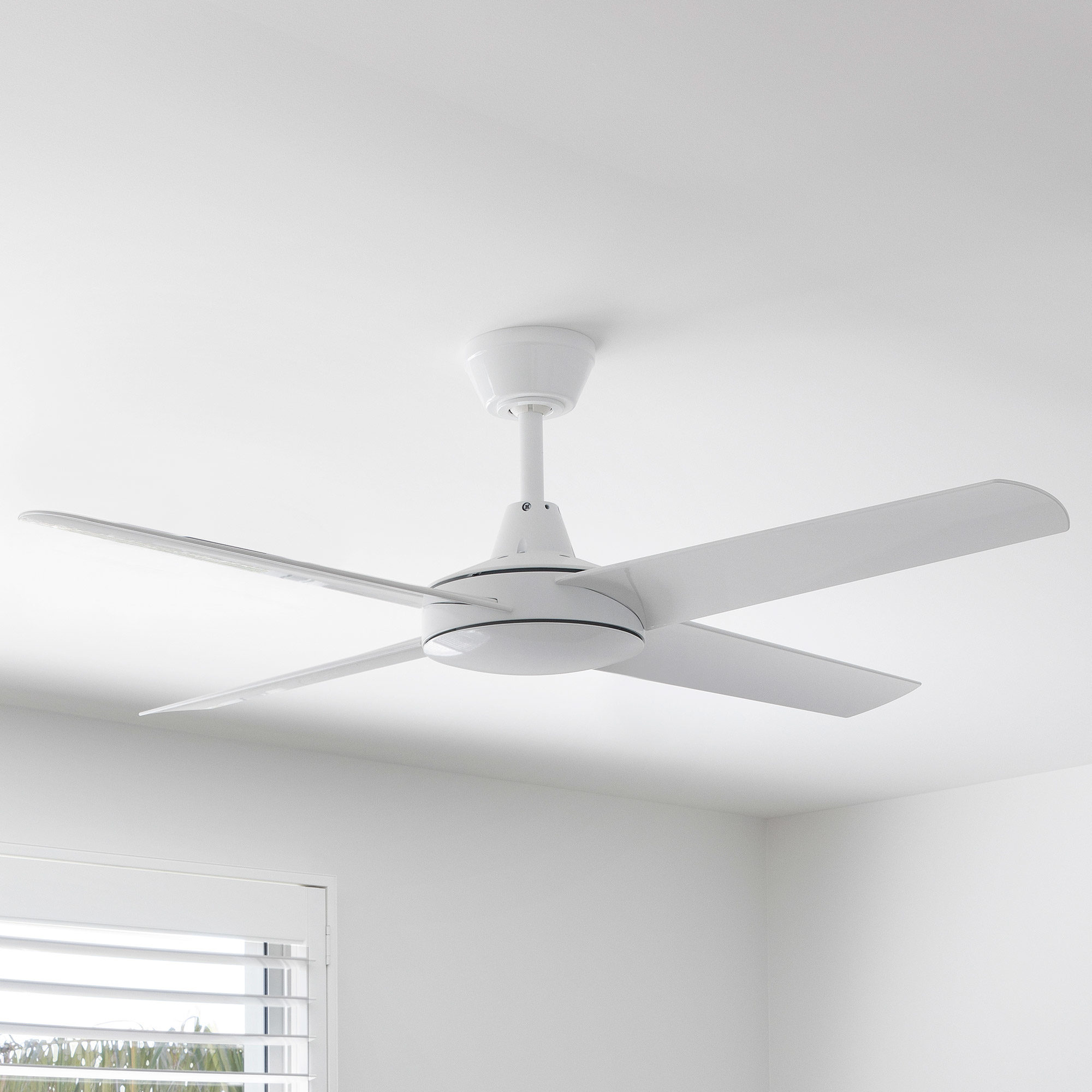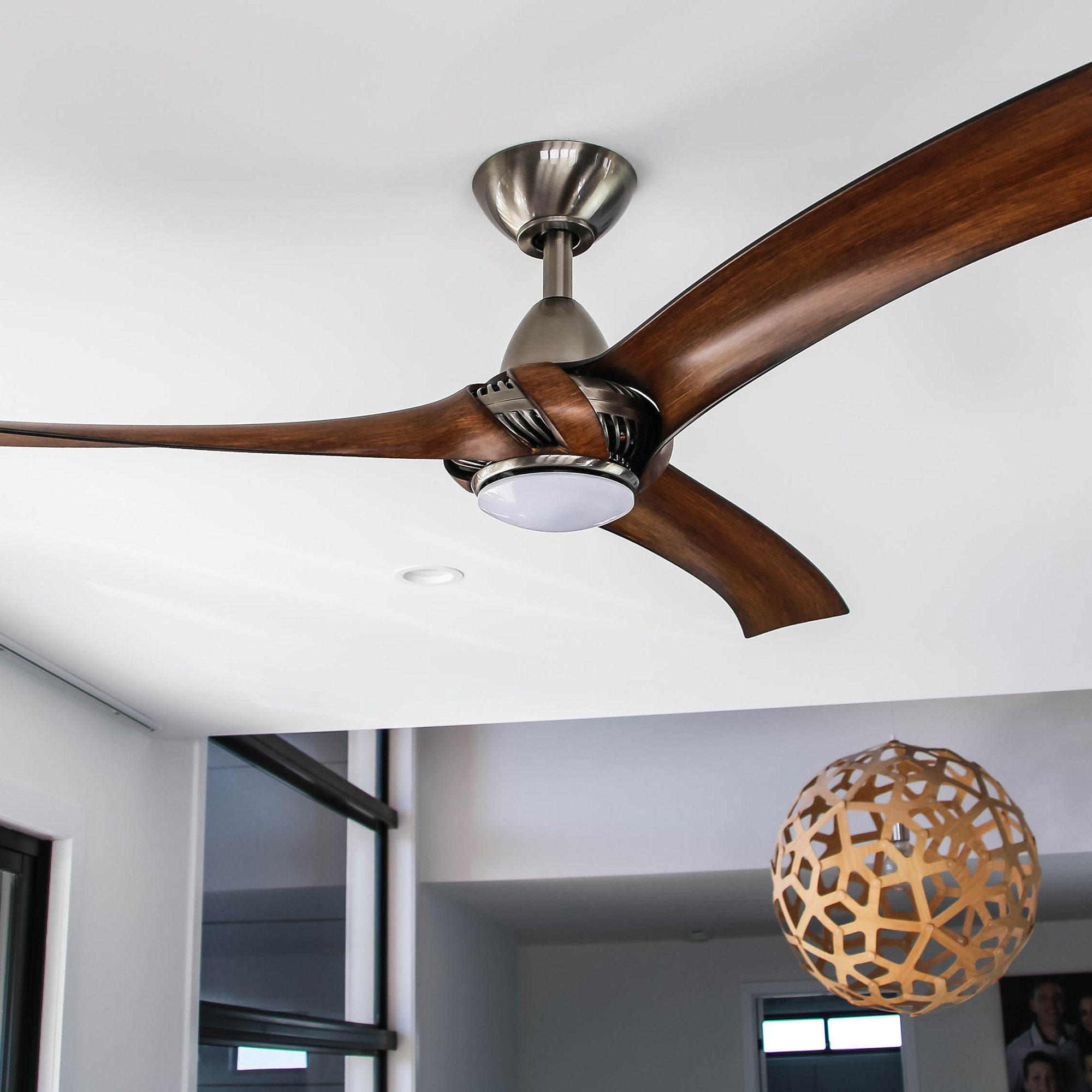Choosing the Right Ceiling Fan for a Small Bedroom: Ceiling Fan In Small Bedroom

A ceiling fan can significantly enhance the comfort and ambiance of your bedroom, especially if it’s a small space. The right fan can help circulate air, regulate temperature, and even create a sense of spaciousness. But with so many options available, selecting the perfect fan for your small bedroom can be a daunting task. This guide will help you navigate the process, considering factors like size, style, and airflow.
Fan Size and Room Size
The size of the ceiling fan you choose should be proportionate to the size of your bedroom. A fan that’s too large can overwhelm the space, while one that’s too small won’t be effective in circulating air. Here’s a general guideline for fan blade size and room size:
| Fan Blade Size (in inches) | Recommended Room Size (in square feet) |
|---|---|
| 29-36 | 75-144 |
| 42-52 | 144-225 |
| 52-60 | 225-400 |
For a small bedroom, a fan with a blade size of 29-36 inches is usually sufficient. It’s also important to consider the ceiling height. In rooms with lower ceilings, a smaller fan is recommended to prevent it from feeling too imposing.
Fan Style and Design
The style of your ceiling fan should complement the existing décor of your bedroom. Consider the following:
- Modern: Sleek, minimalist designs with clean lines and metallic finishes.
- Contemporary: Bold, geometric shapes and bright colors.
- Traditional: Ornate designs with wood or brass finishes.
- Transitional: Blends elements of traditional and contemporary styles, offering a versatile option.
For a small bedroom, a fan with a simple design and a light color can help create a sense of spaciousness. You can also choose a fan with a light kit that matches your bedroom’s lighting fixtures.
Airflow and Efficiency
The airflow of a ceiling fan is measured in cubic feet per minute (CFM). A higher CFM rating indicates a more powerful fan. For a small bedroom, a fan with a CFM rating of 3,000-4,000 is usually sufficient.
- Blade Pitch: The angle of the fan blades determines how efficiently they move air. A higher blade pitch (typically 12-16 degrees) results in more powerful airflow.
- Number of Blades: More blades generally result in stronger airflow, but they can also be more noisy.
- Motor Size: A larger motor will produce more powerful airflow but may also consume more energy.
When choosing a fan, look for models with an Energy Star rating, which indicates that the fan meets certain energy efficiency standards.
Optimizing Airflow and Circulation

Ceiling fans are more than just decorative fixtures; they are crucial for creating a comfortable and breathable environment in your small bedroom. By strategically positioning and adjusting the fan, you can enhance airflow and circulation, ensuring a cool and refreshing atmosphere.
Positioning the Fan for Maximum Effectiveness
The placement of your ceiling fan plays a vital role in optimizing airflow. To ensure maximum effectiveness, follow these guidelines:
- Center the Fan: Ideally, position the fan in the center of the room, allowing air to circulate evenly throughout the space. This central placement minimizes dead spots where air doesn’t reach.
- Avoid Obstacles: Ensure the fan is not obstructed by furniture or other objects. Place it away from walls and furniture to allow for unobstructed airflow.
- Consider Room Shape: For rectangular rooms, consider positioning the fan slightly off-center, closer to the longer wall, to distribute air more effectively. This can help to prevent a concentration of air in one area.
Adjusting Fan Speed and Direction for Optimal Comfort, Ceiling fan in small bedroom
Fan speed and direction are key factors in achieving optimal comfort. Experiment with different settings to find what works best for you:
- High Speed for Cooling: During hot weather, set the fan to a higher speed to create a stronger breeze and promote rapid cooling. This is particularly helpful when you want to quickly lower the temperature of the room.
- Low Speed for Gentle Circulation: For a more subtle and comfortable breeze, use a lower fan speed. This can be ideal for year-round use, especially during cooler months when you want to enhance air circulation without creating a strong draft.
- Counter-Clockwise Rotation for Cooling: During the summer months, rotate the fan blades counter-clockwise. This pushes air down, creating a cooling breeze and helping to circulate air throughout the room.
- Clockwise Rotation for Warm Air Circulation: In the winter, rotate the fan blades clockwise. This pulls air up, pushing warm air from the ceiling down towards the floor. This can help to distribute heat more evenly and create a more comfortable environment.
Integrating Ceiling Fans with Lighting

Ceiling fans offer a practical and stylish way to regulate temperature and enhance the ambiance of a small bedroom. However, integrating lighting into your ceiling fan can elevate its functionality and aesthetic appeal. This combination provides a convenient and energy-efficient solution for both illumination and air circulation.
Types of Ceiling Fan Lighting
Different types of lighting options are available with ceiling fans, each with its own advantages and disadvantages.
- LED Lighting: LED lights are known for their energy efficiency, long lifespan, and ability to produce various color temperatures. They offer a cost-effective solution compared to incandescent bulbs, reducing energy consumption and lowering electricity bills. Moreover, LEDs emit less heat, making them ideal for small bedrooms, as they won’t contribute to excessive warmth.
- Incandescent Lighting: Incandescent bulbs are traditional lighting options that emit a warm, inviting glow. However, they are less energy-efficient than LED lights and have a shorter lifespan. While they provide a familiar and cozy ambiance, their high energy consumption may not be suitable for long-term use in small bedrooms.
- Dimmable Lighting: Dimmable lights offer flexibility in adjusting the brightness of your ceiling fan’s illumination. This feature allows you to customize the ambiance of your bedroom, creating a relaxing atmosphere for sleep or a brighter setting for reading or working. Dimmable options are available in both LED and incandescent bulbs, providing flexibility in choosing the desired lighting type.
Ceiling fan in small bedroom – A ceiling fan in a small bedroom can be a lifesaver, especially when you’re trying to keep things cool and comfortable. But did you know that even the placement of a fan can affect the energy flow in your room?
To optimize the flow of chi and create a more harmonious space, consider applying the principles of feng shui small bedroom design. This might involve positioning your fan to avoid blocking doorways or ensuring it doesn’t create a disruptive flow of air.
Remember, a well-placed ceiling fan can be a key element in a small bedroom that feels both comfortable and energized.
A ceiling fan in a small bedroom can be a game-changer, keeping the air circulating and making the space feel more spacious. But let’s be honest, sometimes the best way to cool down is to slip into a pair of white fluffy bedroom slippers and snuggle under a blanket.
After all, a cozy bedroom is a happy bedroom, and a ceiling fan can help you create that perfect ambiance.
